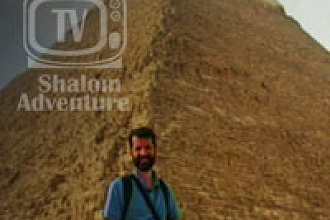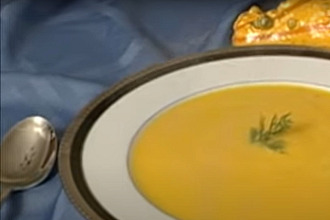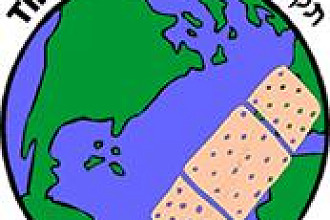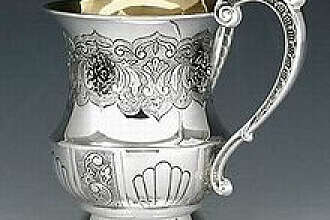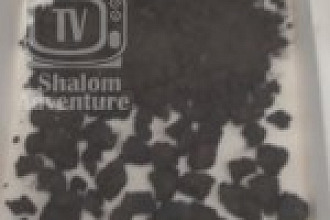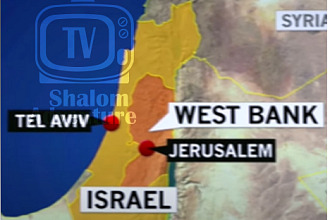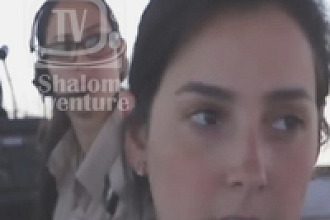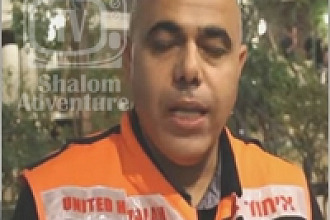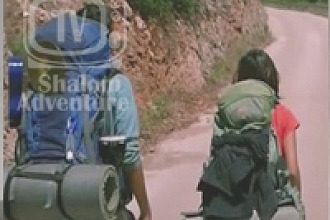It’s really a lake, but whatever you call this Galilee waterway, lots of fun and educational activities lure visitors. ISRAEL21c gives you the top 10.
Did you know that Israel’s famous Sea of Galilee is actually a lake? It’s had a variety of names since biblical times, but in Israel it’s called Lake Kinneret, and it holds several distinctions: the largest freshwater reservoir in Israel, the only natural freshwater lake in Israel and the lowest freshwater lake in the world.
(The only lower lake is the Dead Sea, also in Israel.)
No matter what you call it, the Kinneret is the focal point of the Galilee. Its cool waters are surrounded by both sandy and rocky beaches, kibbutzim – including the very first one, Degania (“Cornflower”) — and a huge assortment of historic, natural, archeological, recreational and religious attractions that bring in visitors from all over the world.
On our top 10 list of places to explore around the Kinneret, we have not included the many significant Christian sites. Watch for a list of those places to visit on ISRAEL21c at a later time.
1. Water sports and recreation
What would a lake be without some wet fun? Cruise the lake in a floating restaurant, nightclub yacht, fishing boat, kayak or canoe – all available to rent or book in advance on the shoreline, particularly at the Yigal Alon Harbor in Tiberias. Or splash around at one of three water amusement parks in the vicinity.
If you really want to be adventurous, go kite surfing or windsurfing, or book a “Fisherman for a day” cruise operated by the Kinneret Sailing Company. (04-665-8008)
2. Hot Springs
The Kinneret area has long been famous for its natural hot springs.
Tiberias Hot Springs consists of ancient pools fed by 17 natural springs, where you can get massages, mud treatments and Turkish baths. The site has indoor and outdoor thermo-mineral pools, a hot tub, heated swimming pool, private beach (with separate area for religiously observant bathers), saunas and gym.
Hamat Gader Hot Springs spa is about five miles southeast of the lake. The thermo-mineral springs, including a hot waterfall, measure 42 degrees Celsius (100 Fahrenheit) all year long. The ancient Romans built their second-largest bath complex (Israel’s largest) here 2,000 years ago. Today you can get a full range of pampering and therapeutic treatments, and even stay on-site in a suite hotel. There’s also an ancient synagogue, with a beautiful mosaic floor, open to visitors. (04-665-9964)
The surrounding Hamat Gader Park consists of 40 acres of tropical parkland with covered outdoor settings, restaurants and one of the largest crocodile farms in the Middle East, housing about 200 of the reptiles. (04-665-9999)
3. Korazim National Park
Situated within the local basalt landscape overlooking the Kinneret, this site contains the preserved remains of the ancient Jewish town of Korazim, known for its cultivated fine wheat. You can see a Bedouin sheikh’s tomb and explore a fourth-century basalt synagogue, where archeologists found the Aramaic-inscribed “Moses Seat” described in ancient sources as a place of honor for the community’s hot-shots. You can’t sit on it, but you can stake out a picnic table set among the Christ-thorn jujube trees and Mount Tabor oak. (04-693-4982)
4. Naharayim (“Two rivers”) and Island of Peace
Straddling the Jordan and Yarmuk rivers near the Kinneret, Naharayim was the site of the first hydroelectric power plant in pre-state Israel, which no longer functions but is open for tours. This border area is where Israel and Jordan signed their 1994 peace treaty, and accordingly the site became known as the Island of Peace.
A scenic walking path takes you through the Island of Peace along the dams and the Yarmuk waterfalls. Displays include a vintage bridge and inn, border post, bus, train and armored vehicle. A guided tour goes to the Hill of Plucked Flowers, a garden memorializing seven Israeli schoolgirls murdered by a deranged Jordanian soldier here in 1997
Nearby Kibbutz Gesher – one of two kibbutzim that manage the site — offers a light-and-sound show, “Legend of Bread” baking workshops and an underground museum about Israel’s wars since 1948. (04-675-2685)
5. The Daliyot Stream (Majraseh) Reserve
Encompassing 1,750 acres, the Majraseh is Israel’s largest reserve of natural freshwater landscapes — the wetlands of Bethsaida Valley, plus pools, springs and fishing lagoons. A paved trail leads to the Daliyot Stream, where you can wade downstream to a staircase leading up to a eucalyptus grove, or continue to the end of the marked trail.
An alternative dry route takes hikers along the southern bank to a picnic area in the eucalyptus grove. The valley is connected with the ancient city of Bethsaida, where archeologists are excavating Bronze Age and Iron Age remains as well as remnants of the Roman period. (04-679-3410)
Originally from here
Posted on Shalom Adventure by: Barbara Zaremsky



